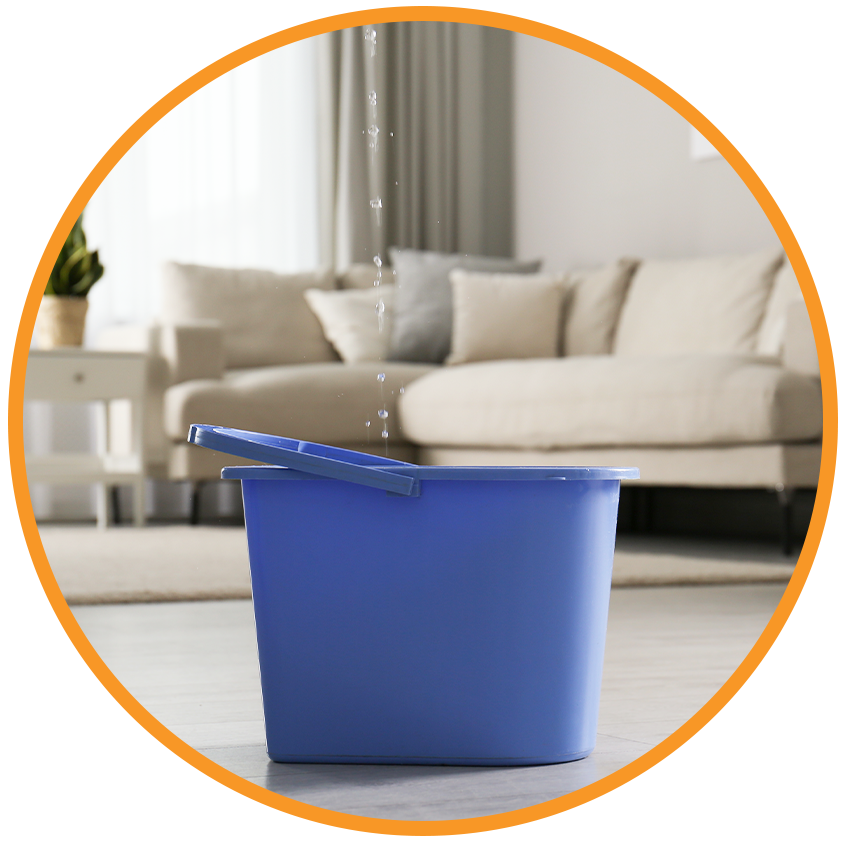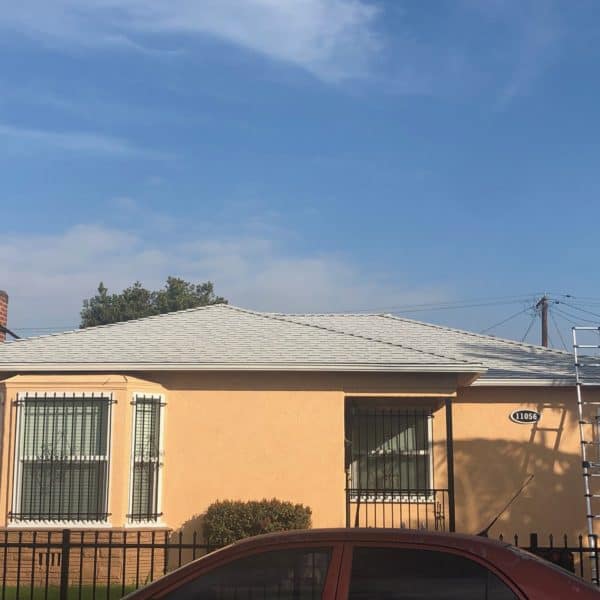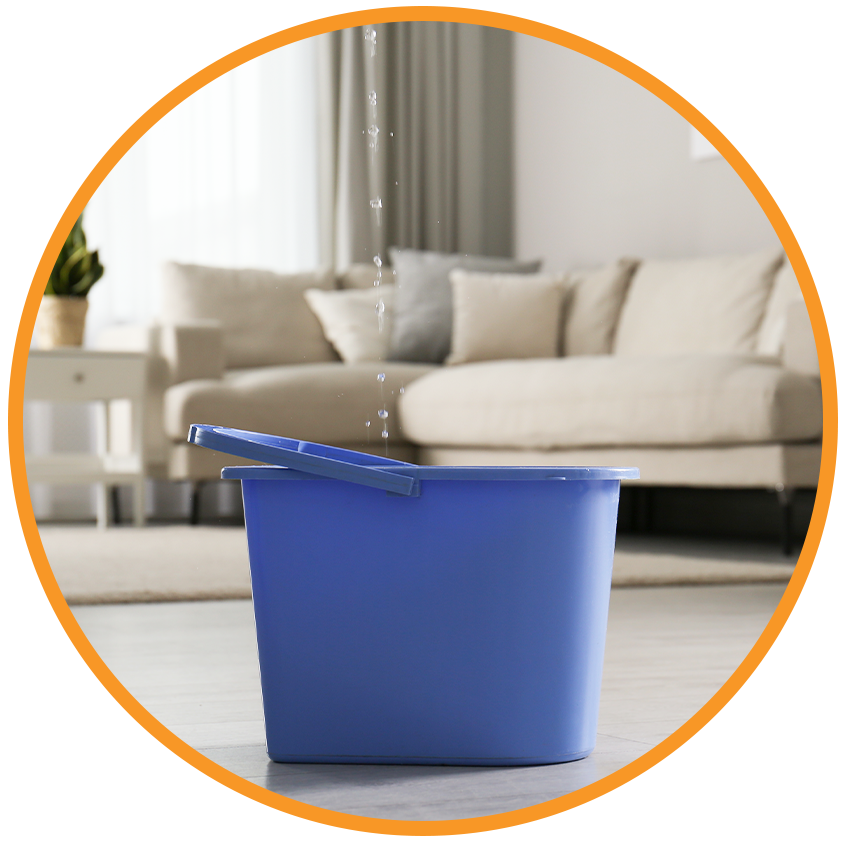Understanding the Duty of a Law Practice in Your Lawful JourneyUnderstanding the Duty of a Law Practice in Your Lawful Journey
When facing lawful obstacles, the term ” law office” commonly comes up in discussions. But exactly what does it mean, and just how can the appropriate law practice make a difference in your instance? If you’ve ever found yourself asking these inquiries– whether you’re managing a lawful issue or simply searching for details– this article will discover what a law office does, the services it uses, and just how to select the best one for your demands.
What is a Law practice?
A law practice is a company entity created by one or more lawyers to participate in the method of regulation. Law practice can concentrate on different areas, consisting of household legislation, criminal protection, injury, and business regulation. Their primary objective is to stand for customers successfully, help them understand their lawful rights, and guide them with complicated legal processes.
The Structure of a Law Firm
Law office can differ in dimension and structure. Here are some common types:
Solo Practitioners: Solitary attorneys that offer individualized services, perfect for customers looking for direct communication and committed attention.
Tiny to Tool Firms: These companies might contain a handful of legal representatives, enabling even more resources and field of expertises contrasted to solo experts.
Huge Companies: Usually referred to as “Big Regulation,” these companies use many attorneys and have diverse method areas, dealing with corporate clients and high-profile situations.
Why You Need a Law Practice
Navigating the lawful system can be challenging without professional support. Here are some reasons why hiring a law practice is essential:
Competence and Knowledge
Legal representatives in a law practice have actually undertaken extensive education and learning and training. They possess extensive understanding of the law, remain updated on legal adjustments, and understand neighborhood policies. This know-how is essential in creating efficient legal approaches tailored to your particular scenario.
Legal Depiction
Among the primary features of a law practice is to give lawful representation. Whether you’re involved in a suit, working out a settlement, or looking for assistance on lawful matters, a law firm will support for your rights and passions.
Accessibility to Resources
Big and medium-sized law practice usually have accessibility to a large selection of resources. This consists of legal research study devices, databases, and support staff, every one of which contribute to developing strong situations for customers.
Services Provided by Law Office
Law firms offer a wide range of services, depending upon their location of specialization. Below are some
typical services you can anticipate:
Accident Law
If you have been wounded because of somebody else’s negligence, a law office focusing on accident can help you look for settlement for medical expenditures, lost wages, and pain and suffering.
Family members Law
Family legislation lawyers help with various problems, including divorce, kid custodianship, and fostering. They assist clients browse intricate emotional and lawful challenges while guarding their legal rights.
Offender Protection
If you are encountering criminal costs, a law practice can offer hostile depiction, aiming to safeguard your legal rights and reduce the legal effects of your circumstance.
Organization Law
Organizations commonly need lawful assistance to browse agreements, conformity, and conflicts. A law firm specializing in service legislation can give the necessary support to maintain your venture running efficiently.
Exactly how to Pick the Right Law Office
Discovering the right law practice can feel daunting, but with the best approach, you can recognize one that fulfills your requirements. Here are some actions to help you in your search:
Identify Your Legal Needs
Before starting your search, clear up the kind of lawful issue you’re encountering. This will certainly assist you target law practice that focus on that specific location.
Study and Referrals
Look for law office in your location by conducting on the internet study or requesting for recommendations from buddies or household. Assessing on-line testimonials can likewise supply understanding right into the company’s track record.
Arrange Consultations
Many law practice offer complimentary first appointments. Use this possibility to ask questions regarding their experience, method, and fees. Take notice of exactly how they connect and if you feel comfortable reviewing your circumstance with them.
Conclusion: Taking the Following Action
Comprehending the role of a law firm can aid debunk the legal process and empower you to take the next action in your legal trip. If you’re looking for a relied on law practice that can lead you through your legal challenges, think about reaching out to Heymann Fletcher Law. Our team is dedicated to giving experienced legal solutions customized to your special needs, ensuring you have the assistance and assistance essential to navigate your instance effectively.









